
10000 Birds used to have a regular feature entitled Birds and Booze – sadly, there haven’t been any contributions on this theme for a long time. As a keen wine drinker, I always look out for labels featuring birds. Does a label with a bird on it encourage me to buy the bottle? I suspect that it does.
My unscientific but enjoyable research suggests that some countries are much more likely to feature birds on the labels of their wine bottles than others. I don’t think that I’ve ever seen a German wine label with a bird on it, nor for that matter a French one. I’ve drunk some South American wines featuring birds, including a very pleasant white wine from Chile called Silbador. According to The Wine Society’s tasting notes, it’s an ”aromatic viognier with apricot flavours and round palate. The Silbador is an insect-eating bird found in the vineyards whose presence means that Emiliana do not have to use pesticides on their vines and other crops.” Sounds good.
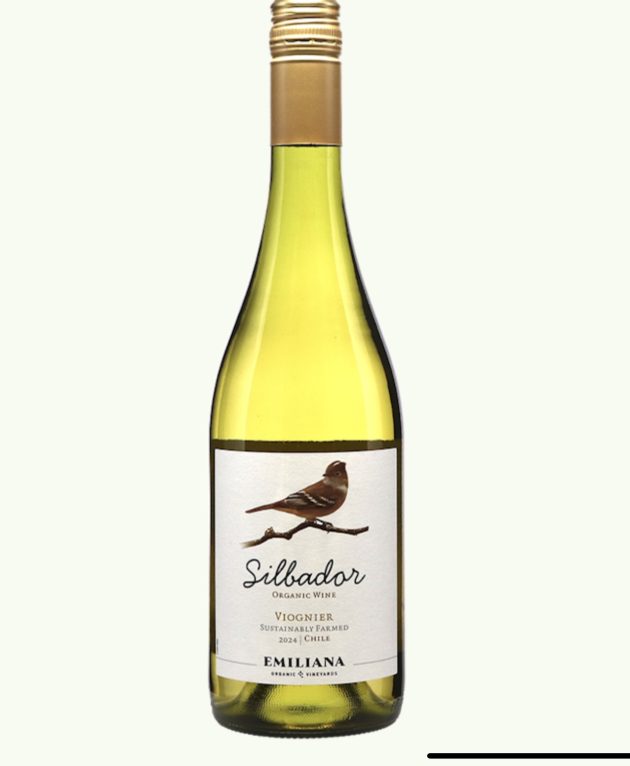
I turned to my copy of the Birds of Chile to check on the Silbador, but failed to find any bird with that name. A bit more detective work finally came up with Silbador Flanquiamarillo (Hylocitrea bonensis), only to find that this is a bird that is endemic to montane forests on the Indonesian island of Sulawesi, so clearly not the bird I was looking for. Instead I studied the bird on the label and thumbed through Birds of Chile to find a match, finally coming up with the Chilean White-crested Elaenia as the most likely candidate. (It was the white crest that clinched the ID). It is known in Chile as Fío-fío, so quite why the winery calls it a Silbador I’ve no idea. It’s a common bird in Chile, but a long-distance migrant and absent in winter.
Checking through my wine rack, I was delighted to find a bottle of Uruguayan white wine featuring a Southern Lapwing. Called Teru Teru, it’s an Albariño produced by a winery called Juanicó. This wine is Imported into the UK by The Wine Society. The label informs that the “Teru Teru, the Southern Lapwing, is the national bird of Uruguay. It is fiercely territorial which is perhaps why the national the national rugby team, Los Teros, is named after it.” I’m looking forward to sampling it. Albariño is a grape I associate with Galicia in northern Spain, where it produces deliciously refreshing white wines.

Italy produces more wine than any other country in the world, but in my limited experience I’ve found that birds rarely feature on the labels. One exception is a white wine called Il Gruccione (Italian for Bee-eater). It’s made by Nunzio Ghiraldi using the indigenous Turbiana grape. According to the tasting notes, “the nose has remarkable and very fine aromas of white flowers, yellow peach and almond” but there’s not a mention of the Bee-eater so stylishly illustrated on the label.
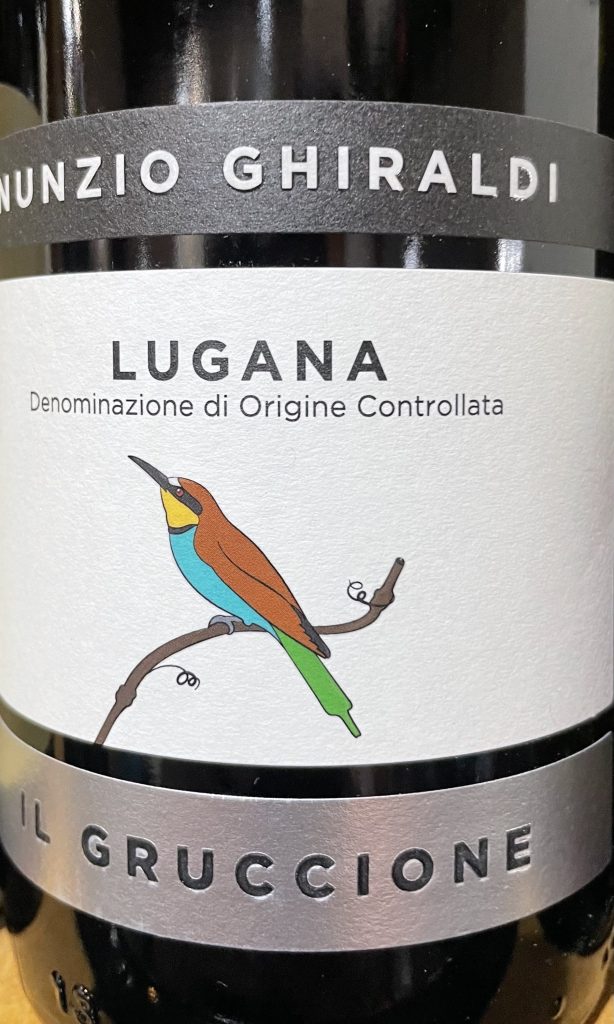
I’ve concluded that Portugal is the country with the most birds on wine labels, and fortunately they are much easier to identify than the elusive Silbador. One of my favourites is Papa Figos, a red wine from the Duro which features a Golden Oriole (or, in Portuguese, a Papa-figos) on the label.
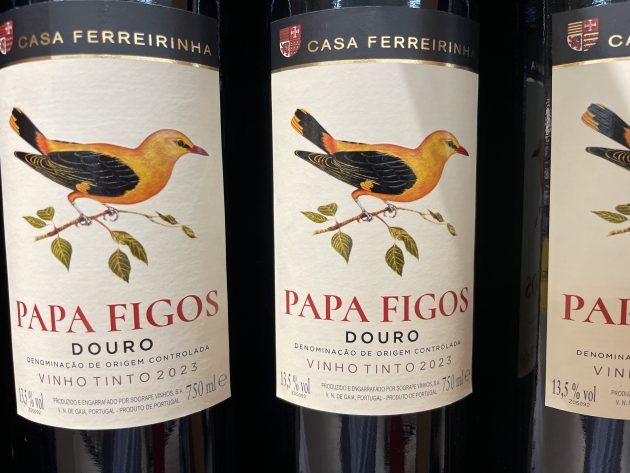
According to the website Portugal Best Wines, it has “ruby colour with violet nuances. Aroma of good intensity with floral notes of rockrose and basil, red fruits, stone fruits like apricot, and slightly balsamic with hints of menthol. In the mouth, it has a good volume, well-integrated acidity, soft tannins, notes of red fruits, and an elegant and balanced finish.” I don’t know about all that, but it’s certainly a wine that I have enjoyed drinking, and which I have imported from Portugal.

On my most recent visit to Portugal I found an encouraging number of wines featuring birds on their labels, but I regret to say that I didn’t stay in the country long enough to sample them all. I couldn’t resist buying a box of Abelharuco (Bee-eater), a vinho regional Alentejano. I have to admit that the label was better than the wine – this was an inexpensive red, and not a patch on Papa Figos.
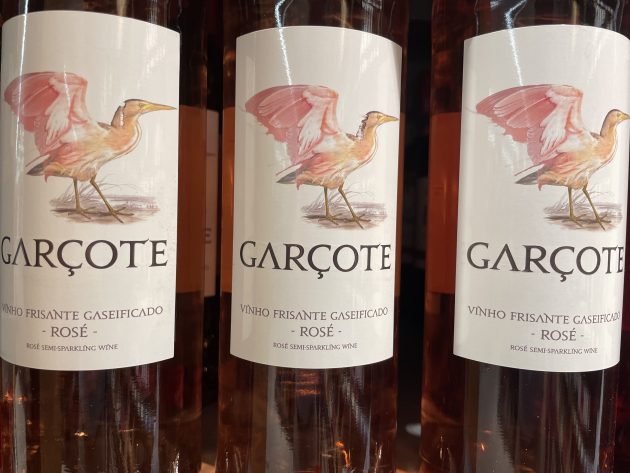
I did enjoy bottles of Guarda Rios (Kingfisher) and Mocho Galego (Little Owl), both pleasant white wines, but I never managed to sample the moon-harvested (sounds interesting) Grous (Cranes), nor the semi-sparkling Garçote rosé. Garçote is Portuguese for Little Bittern. On a previous trip to Portugal I sampled Encosta das Perdizes (partridge slope) and Entradas. The Encosta das Perdizes is interesting, as the birds depicted are clearly Grey Partridges, birds that do not occur in Portugal, where the native partridge is the Red-leg. And it’s worth mentioning that entradas means entries, and has nothing to do with the Great Bustard (Abetarda-comum) depicted so stylishly on the label.


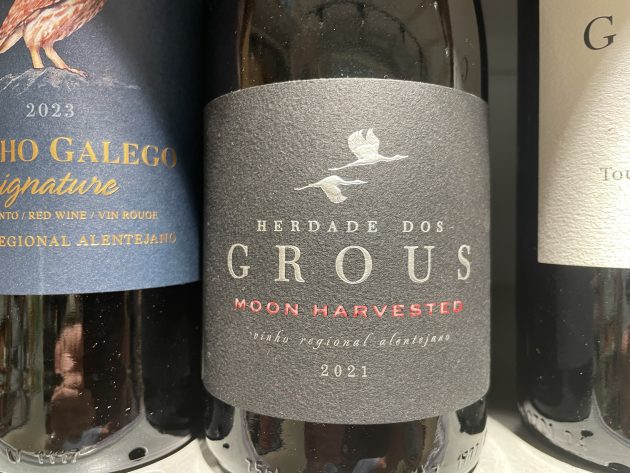
Further research into Portuguese wines, and their labels, is clearly needed. I look forward to it.
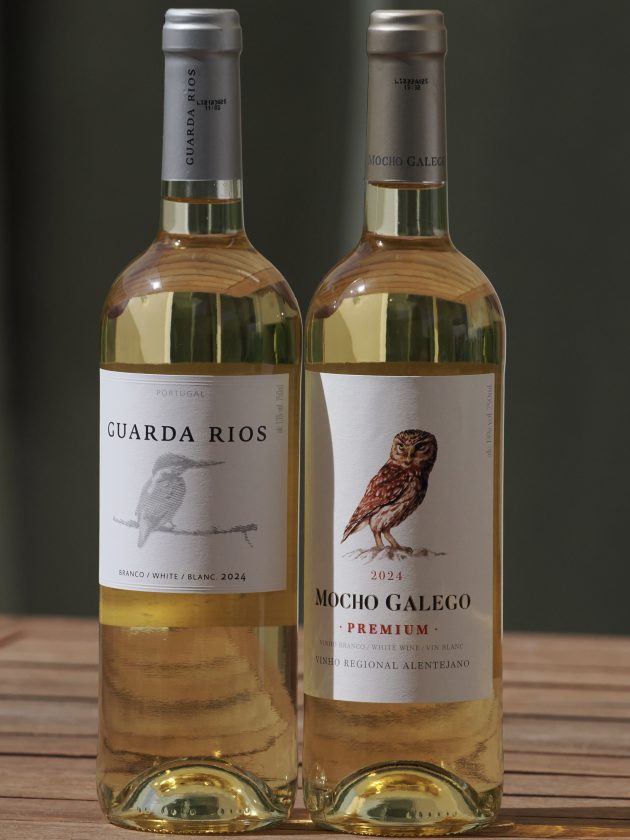





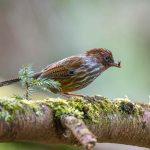






Leave a Comment